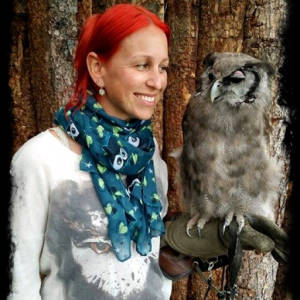Olive-Backed Sunbird
Cinnyris jugularis
Woo Hoo!! I've found two nests for these little guys in three days! One is across from our centre security post and the second is inside our HQ area just outside our offices. This is the second nest and expectant mother. I'm going to stop taking photos now that I've posted one for blip as I don't want to scare her out of the nest. She has built in a tree right above the area that our four free-ranging centre cats like to laze under and often climb up in. Her nest is hanging from quite a thin branch and I don't think they even know she is there yet... just a little concerned come fledging time. Hopefully I can get some shots when the chicks start to emerge :)
The sunbirds are a group of very small Old World passerine birds which feed largely on nectar, although they will also take insects, especially when feeding young. Their flight is fast and direct on their short wings. Most species can take nectar by hovering, but usually perch to feed most of the time.
The Olive-backed Sunbird is common across southern China to the Philippines and Malaysia down to northeast Australia. They are small songbirds, at most 12 cm long. In most subspecies, the underparts of both male and female are bright yellow, the backs are a dull brown colour. The forehead, throat and upper breast of the adult male is a dark, metallic blue-black.
Originally from mangrove habitat, the Olive-backed sunbird has adapted well to humans, and is now common even in fairly densely populated areas, even forming their nests in human dwellings.
The birds mate between the months of April and August. Both the male and the female assist in building the nest which is flask-shaped, with an overhanging porch at the entrance, and a trail of hanging material at the bottom end.
After building the nest, the birds abandon the nest for about a week before the female returns to lay one or two greenish-blue eggs. The eggs take a further week to hatch. The female may leave the nest for short periods during the day during incubation. After the chicks have hatched, both male and female assist in the care of the young, which leave the nest about two or three weeks later.
I'm looking forward to seeing the male making an appearance once the chicks have hatched! This is a new species for me and a newbie in BlipBigYear :)

Comments
Sign in or get an account to comment.


